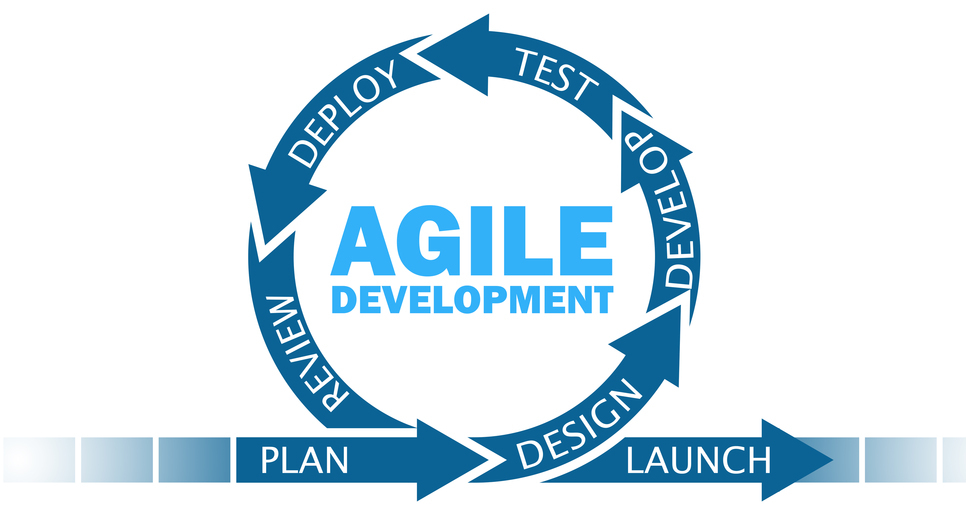Agile methodology has gained immense popularity for its ability to deliver high-quality products rapidly. Agile emphasizes collaboration, adaptability, and customer feedback, which has transformed not only the development process but also the role of testers. The Agile tester’s mindset is crucial for the success of Agile projects, and it revolves around adaptability, collaboration, and a relentless pursuit of continuous improvement. In this article, we will explore the core principles of the Agile tester’s mindset and why it is essential in the world of Agile testing.
The Agile Testing Landscape
Traditionally, software testing was seen as a separate and often siloed phase in the development process. Testers were expected to find defects and report them to developers for resolution. This linear approach led to longer development cycles, increased costs, and a higher chance of defects slipping into the final product.
Agile, on the other hand, emphasizes collaboration and cross-functional teams. It integrates testing throughout the development cycle, blurring the lines between development and testing. In this dynamic environment, the Agile tester’s mindset plays a pivotal role.
Adaptability
Agile testing requires adaptability, which means being open to change and ready to adjust testing strategies and priorities on the fly. In the Agile world, requirements can change frequently, and new features are developed iteratively. Testers need to be prepared to accommodate these changes and quickly assess their impact on testing efforts.
Key Takeaway: An Agile tester should embrace change and view it as an opportunity to provide rapid feedback and ensure that the software remains aligned with evolving requirements.
Collaboration
Collaboration is at the heart of Agile testing. Agile teams work closely together, and testers are expected to actively participate in discussions, planning, and decision-making. Testers should collaborate not only with developers but also with product owners, business analysts, and other stakeholders to gain a comprehensive understanding of the product’s requirements and goals.
Key Takeaway: Agile testers should see themselves as an integral part of the development team and actively engage in all aspects of the project to contribute their testing expertise.
Continuous Improvement
Continuous improvement is a fundamental aspect of the Agile tester’s mindset. Agile testing practices should evolve based on feedback and lessons learned from each iteration. Testers should strive to identify areas for improvement in their testing processes, automation, and test coverage, with a focus on delivering higher-quality software.
Key Takeaway: Agile testers should regularly reflect on their testing practices, seek ways to enhance efficiency, and actively contribute to process improvements.
Key Practices for an Agile Tester
To truly embrace the Agile tester’s mindset, here are some key practices that testers can implement:
- Participate in Daily Stand-ups: Actively engage in daily stand-up meetings to provide updates on testing progress and discuss any impediments.
- Automate Testing: Implement test automation to enable quick regression testing and free up time for exploratory testing and test design.
- Embrace Exploratory Testing: Agile testers should perform exploratory testing to uncover defects that scripted tests might miss.
- Foster Collaboration: Work closely with developers and business stakeholders to understand requirements and expectations thoroughly.
- Prioritize Test Cases: Continuously assess and prioritize test cases based on changing requirements and risk factors.
- Feedback-Driven Testing: Collect and provide feedback continuously to ensure that the software aligns with business needs.
- Learn and Improve: Actively seek opportunities for professional development and knowledge sharing within the team and the testing community.
Conclusion
The Agile tester’s mindset is all about adaptability, collaboration, and continuous improvement. In Agile environments, testers are no longer mere defect finders but are vital contributors to the development process. By embracing this mindset and adopting the key practices outlined above, Agile testers can play a pivotal role in delivering high-quality software that meets evolving customer requirements efficiently and effectively. In this dynamic landscape, the Agile tester is not just an observer but an active driver of success.


